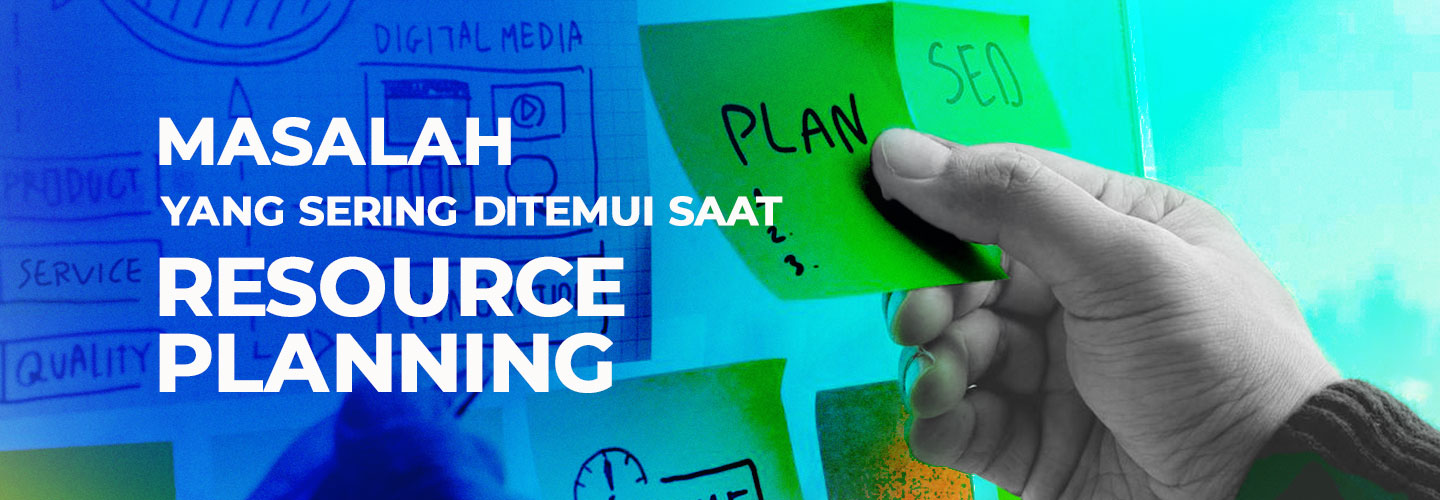5 HR Planning Problems and How to Solve Them

Solving problems related to human resources can be very challenging. The reason is, each element will be interconnected. When you want to solve the problem, it means you have to complete all elements related to HR.
In a company, human resource matters are a very important element. More or less every individual will definitely influence the success of the company. However, of course you need to overcome existing obstacles. The following are resource planning issues that often arise.
1. Manual data entry takes your time
As the company grows, more and more of your employees' time will be consumed by manual data entry or other repetitive tasks. On such a large scale, manual tasks become increasingly error-prone. Using software can reduce the possibility of errors and free up staff for other tasks. The result is an efficient and productive workforce.
2. Standalone software systems slow you down
As a business grows, disparate and stand-alone systems paint an increasingly inaccurate picture of a company's resources. This can drain employee productivity and lead to time lags in generating accurate performance data that impact decision making. Therefore, you have to make all systems integrated.
3. Efficiency decreases due to poor communication
Ineffective communication between employees and departments can cause resource planning problems that affect your business profits. The resulting mis-allocation of resources can lead to lost orders, delays in project delivery, and unproductive employees.
4. Projects compete for resources
Most companies rarely have enough resources to manage all projects simultaneously. The result is that projects compete effectively with each other with resources assigned to a number of projects at the same time. This can cause bottlenecks, especially when special skills are most needed
To get the best performance and results from your resources, you must manage your workloads to avoid over- and under-allocation. Professional service automation software allows you to see the effect of changes to resource allocation on the overall schedule. The result is an increased ability to meet your project goals.
5. Resources must be in the same location to work effectively
Remote working is growing in popularity, enabling businesses to spread their network farther to find key resources. Not working in the same location as the project team can affect the effectiveness of your resources, but fortunately the cloud can solve this problem.
Cloud resource planning tools allow your team to work together from any location, share important information and communicate effectively. This complete visibility creates a more coherent workflow and allows resources to be tracked with maximum efficiency.
How to solve common resource planning problems
- Automate data entry tasks
- Consolidate and integrate your software systems
- Improve departmental communication
- Implement software to improve workload management
- Use cloud resource planning tools to enable effective sharing and communication of critical information
There are various ways you can do to solve resource problems in general. It is important to be able to solve problems and anticipate them so that they do not happen again in the future. Deploying faster to your company can make your business run better.
